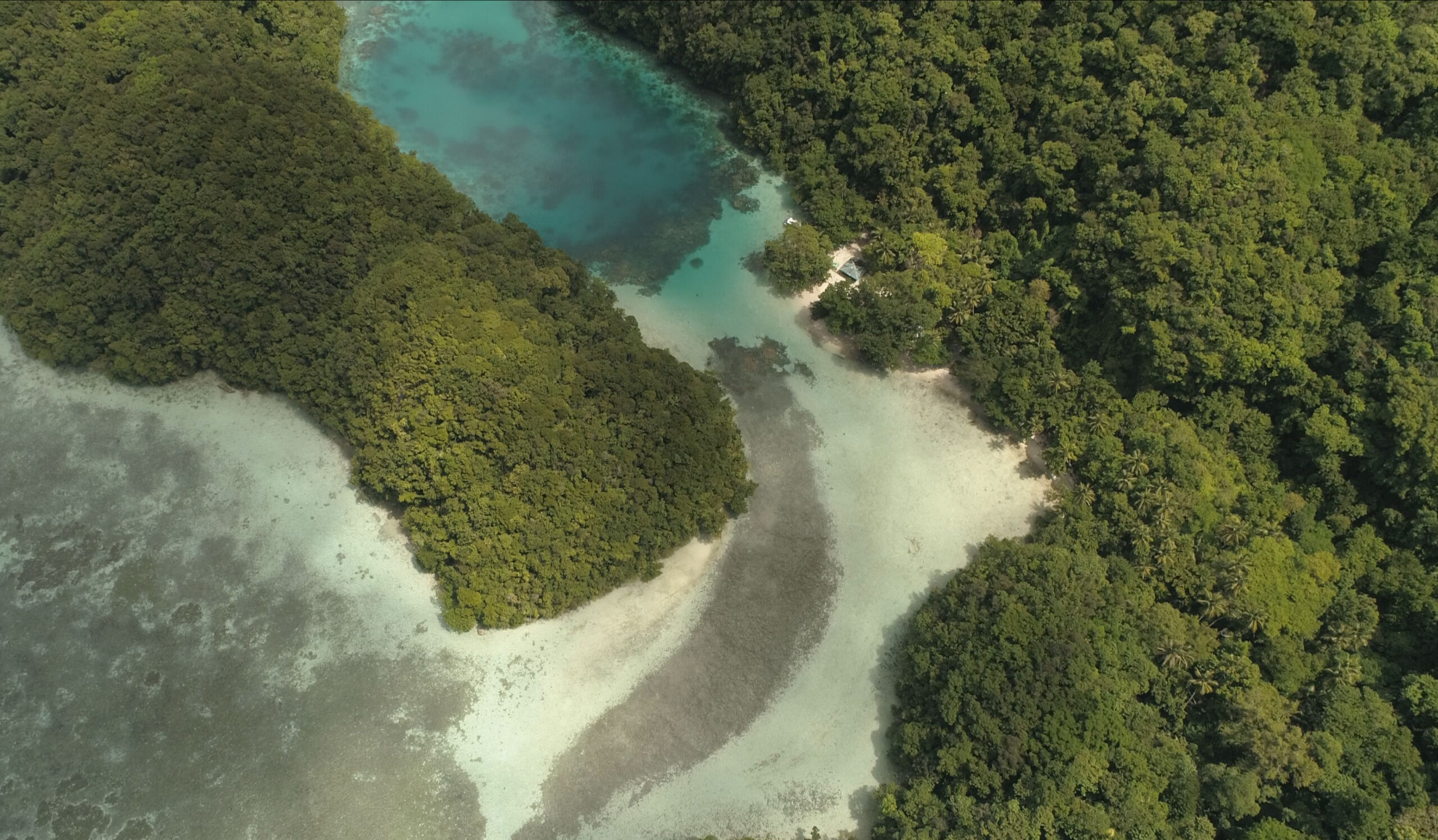[vc_row][vc_column width=”1/4″][/vc_column][vc_column width=”3/4″][vc_column_text]Whether it is your first or 100th visit to the Rock Islands, we guarantee you will see something you have never seen before. With over 300 unique islands in the Palau archipelago, each one shows a slightly different view of this amazing island chain. Let our experienced guides unravel the mysteries of the intricately connected azure blue crystal clear waterways that weave in and out of the bays, channels and hidden lagoons that lie among the enchanting and extraordinary Rock Islands of Palau.
Snorkeling gear, drinks and lunch are supplied. We recommend you bring protection from the sun, rain (it is the tropics!) and something for your feet (sandals or dive booties). All you have to do is choose where you’d like to go.[/vc_column_text][/vc_column][/vc_row]
[vc_row][vc_column][vc_custom_heading text=”Highlights” font_container=”tag:h3|text_align:center”][/vc_column][/vc_row][vc_row][vc_column][vc_custom_heading text=”Jellyfish Lake” font_container=”tag:h3|text_align:left”][/vc_column][/vc_row]
[vc_row][vc_column width=”1/4″][vc_single_image image=”929″ img_size=”full”][/vc_column][vc_column width=”3/4″][vc_column_text]Jellyfish Lake is quite simply one of the most unique places on the planet! A huge lake filled to the top with approx. 13 million non-stinging jellies (actually they do sting, but the sting is so reduced you barely notice it). A must see for every visitor to Palau. A scenic boat ride and a 10 minute walk up and over a Rock Island, takes you back into a world that existed millions of years before ours. Bring cameras, walking shoes (sandals or dive booties) and your snorkeling gear.
Once you enter the water, please be sure to move carefully and slowly, as the jellies are extremely fragile and could get harmed by fast movements. As you swim further into the lake, you will be surrounded by millions of pulsating golden globes. These are Mastigias Jellies and have evolved over millions of years into an animal that no longer needs its predatory stinging cells.
[/vc_column_text][/vc_column][/vc_row]
[vc_row][vc_column][vc_column_text]The jellies have become farmers of an algae similar to that used by coral reefs. This algae lives inside a jelly’s tissues and all the algae needs to survive is sunlight where it photosynthesises the suns rays into sugars. The jelly uses an enzyme which it gets from a nitrogen rich layer of water deeper in the lake every night to capture the energy it needs from the algae. Hence, the daily cycle of following the sun in the day time and sinking deeper at night to ‘fertilize’ themselves.
For more information on Jellyfish Lake and an update on the Golden Jelly population size, check the website of our neighbours at Neco Marine, the Coral Reef Research Foundation, who have been researching the lakes for years.[/vc_column_text][/vc_column][/vc_row]
[vc_row][vc_column][vc_custom_heading text=”Beaches”][vc_row_inner][vc_column_inner width=”1/4″][vc_single_image image=”934″][/vc_column_inner][vc_column_inner width=”3/4″][vc_column_text]There are over 400 Rock Islands, each one with its special hidden treasure of a perfect reef, a pristine beach, or in many cases, both.
The beaches with their beautiful white sand contrasting sharply with the azure blue of the sea and the lush green of the fauna can really take your breath away, and it is this that makes the beaches here so special.
The most stunning beaches can be found in the Southern Rock Islands and some of these are used as lunch stops during our diving days.
Some of the beaches here are protected as they are nesting grounds for green turtles and terns.
[/vc_column_text][/vc_column_inner][/vc_row_inner][/vc_column][/vc_row]
[vc_row][vc_column][vc_custom_heading text=”Natural Arch
“][vc_row_inner][vc_column_inner width=”1/4″][vc_single_image image=”936″][/vc_column_inner][vc_column_inner width=”3/4”][vc_column_text]The Natural Arch is one of the nicest photo opportunities seen on the Rock Island Tour.
This formation of limestone which has been eroded over the years is a pretty impressive sight, and great for that souvenir photo of the Rock Islands.
If you are really lucky, your boat driver may stop for a short while to enable you to swim up to the rock and have your photo taken on it, or at high tide the most experienced of boat drivers will drive right through the arch, providing a thrill for all on the boat.
[/vc_column_text][/vc_column_inner][/vc_row_inner][/vc_column][/vc_row]
[vc_row][vc_column][vc_custom_heading text=”Milky Way”][vc_row_inner][vc_column_inner width=”1/4″][vc_single_image image=”935″][/vc_column_inner][vc_column_inner width=”3/4″][vc_column_text]The Milky Way is an area which can only be visited at high tide. It got its name from the milky appearance of the water there, caused by the underlying white clay at the bottom of the sea.
It was once believed that the clay here had youth enhancing properties, and that if you covered yourself in this clay and let it dry before washing it off, it would be as good as a spa treatment for your skin!
However, in recent years, scientists have studied the clay and found that there are no properties in the clay that are good for the skin. This doesn’t stop people from having a little fun though!
Getting covered in white clay for that special Rock Island experience is all part of the adventure!
[/vc_column_text][/vc_column_inner][/vc_row_inner][/vc_column][/vc_row]
[vc_row][vc_column][vc_custom_heading text=”Fantasy Reef”][vc_row_inner][vc_column_inner width=”1/4″][vc_single_image image=”937″][/vc_column_inner][vc_column_inner width=”3/4″][vc_column_text]Fantasy Island is another stunning photography spot. Whilst we are unable to go onto this beach, it is the typical tropical paradise postcard shot that is a must for all holiday makers.
On the other side of this island is Fantasy Reef. This is a beautiful snorkel spot, abundant in a huge variety of reef fish, of all shapes, sizes and colours; as well as stunning coral formations.
Even if you don’t have an expensive underwater camera, the clarity of the water and the shallow depths mean that your basic point and shoot cameras are more than suitable for you to be able to photograph the beauty of the underwater world!
